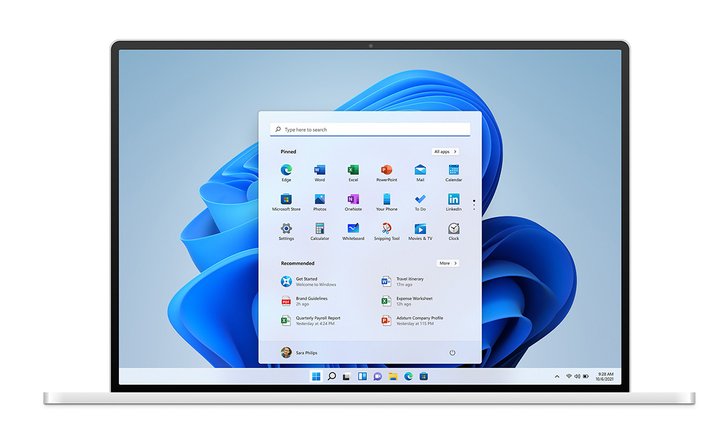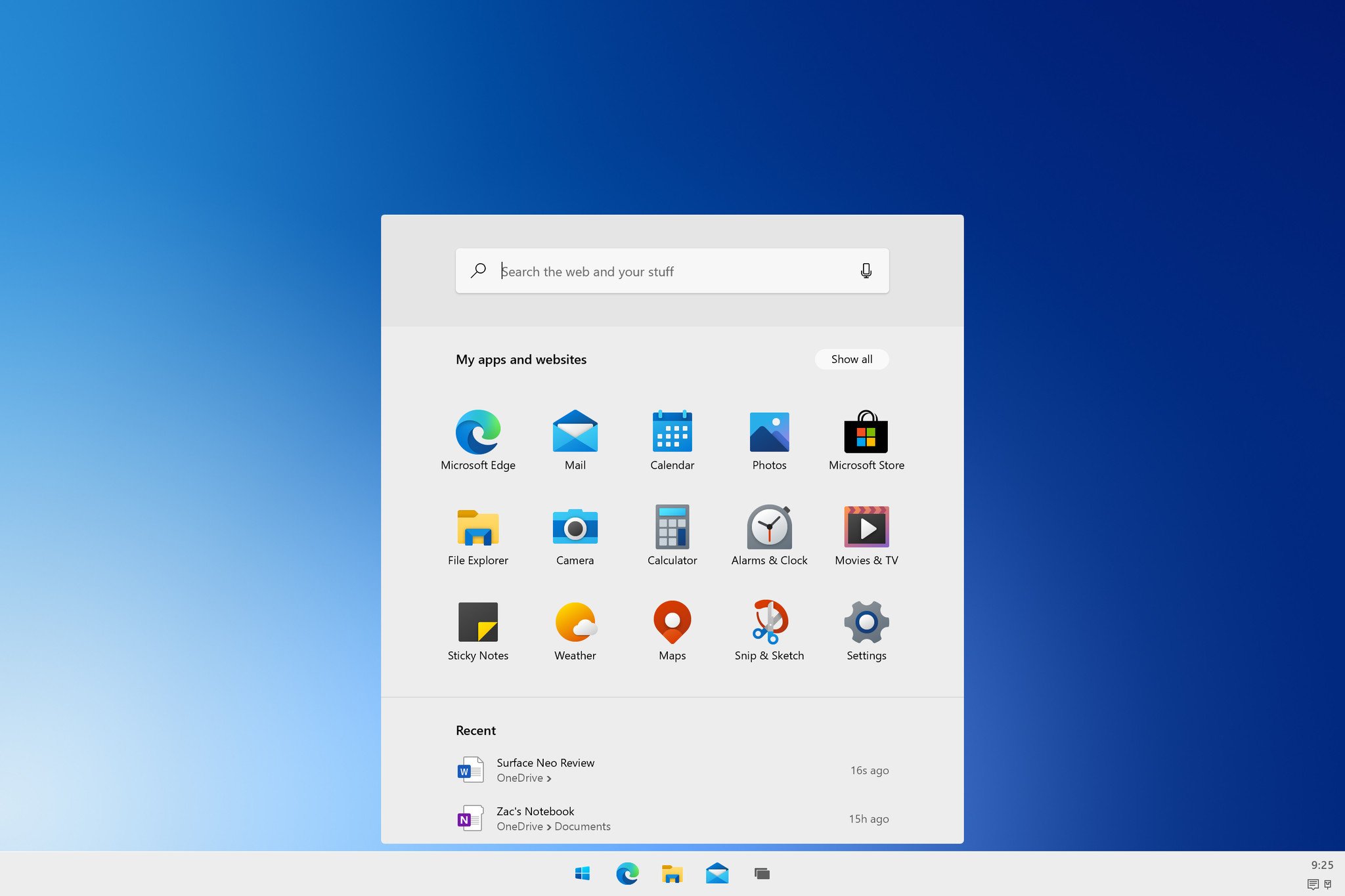

You now have the remote target IIS instance listed in the “Connections” pane.You may be prompted with a “Server Certificate Alert”.Give the Connection a friendly name (I usually just leave it), and click “Finish”.Enter the credentials and click “Next”.Enter the server name or IP and click “Next”.On the left pane, right click on “Start Page”, and select “Connect to a Server”.Open the “Internet Information Services (IIS) Manager” on the remote machine.
#Windows core windows 10
#Windows core install
Open PowerShell (by typing “powershell” at the command prompt) and install the Web Management Service with the following command.Instructionsįollow these instructions to enable remote IIS management. In my case the target is running Windows Server 2019 Server Core, however you can also use the instructions to enable access on the fully blown Windows Server installs as well. Remote System with IIS Manager installed to connect to target.Target: Windows Server with IIS role installed.

From here you will be able to edit/modify the server as much as you require. To manage, modify, or edit IIS configuration, you’ll need to use the IIS Manager on a different server/computer, and remotely connect to the IIS instance on Server Core.

I originally had to figure this out so I could modify the “WsusPool” Application Pool on IIS on a Windows Server Core install that was hosting a WSUS Server to increase the Private Memory Maximum setting.
#Windows core full
So you have a Windows Server 2019 running Server Core with no GUI installed, and you have installed and are using the IIS (Internet Information Services) role and would like to manage or modify IIS configuration.īecause Windows Server Core doesn’t have a full GUI, you cannot install or use the Internet Information Services (IIS) Manager on this server.


 0 kommentar(er)
0 kommentar(er)
